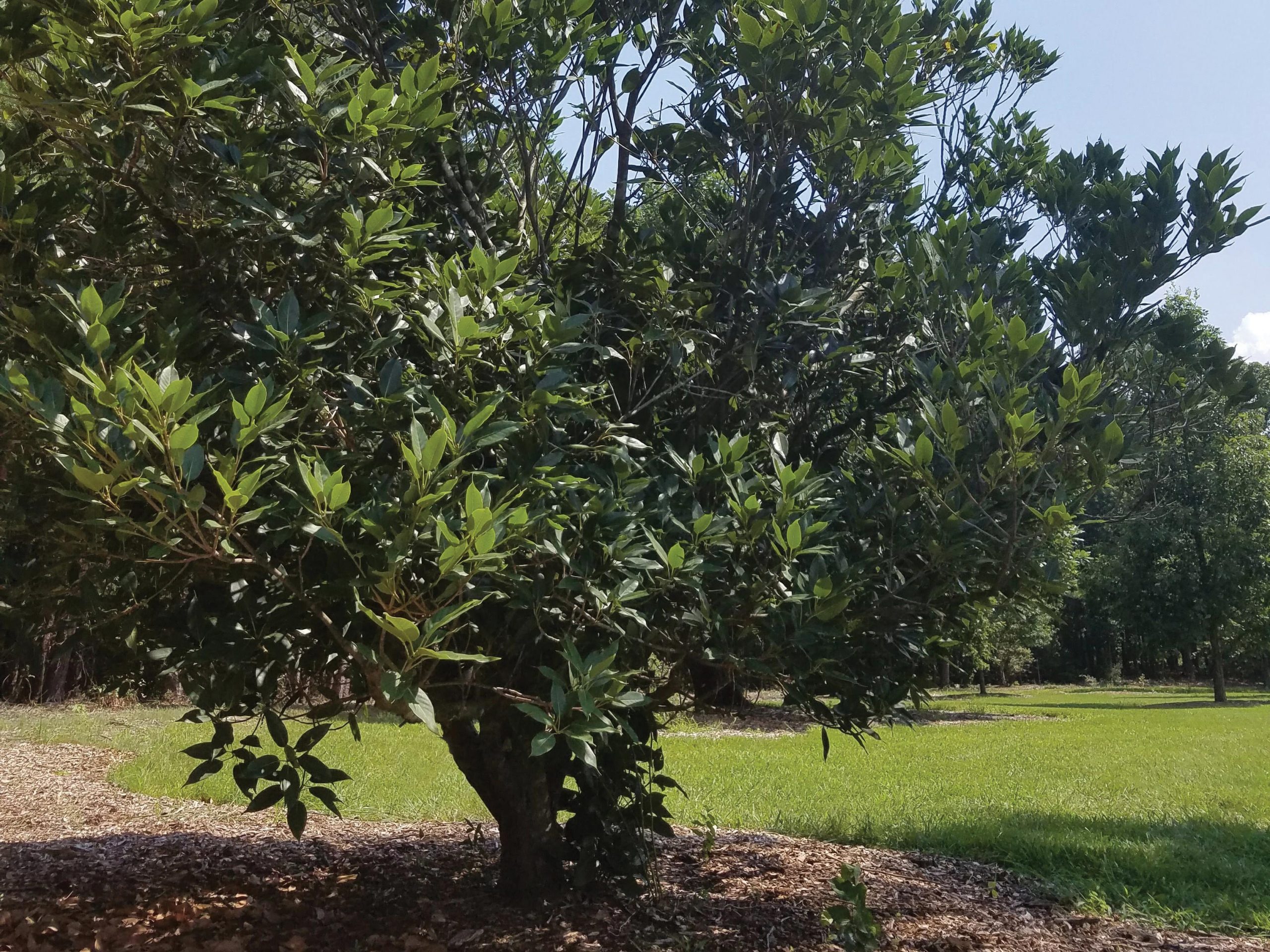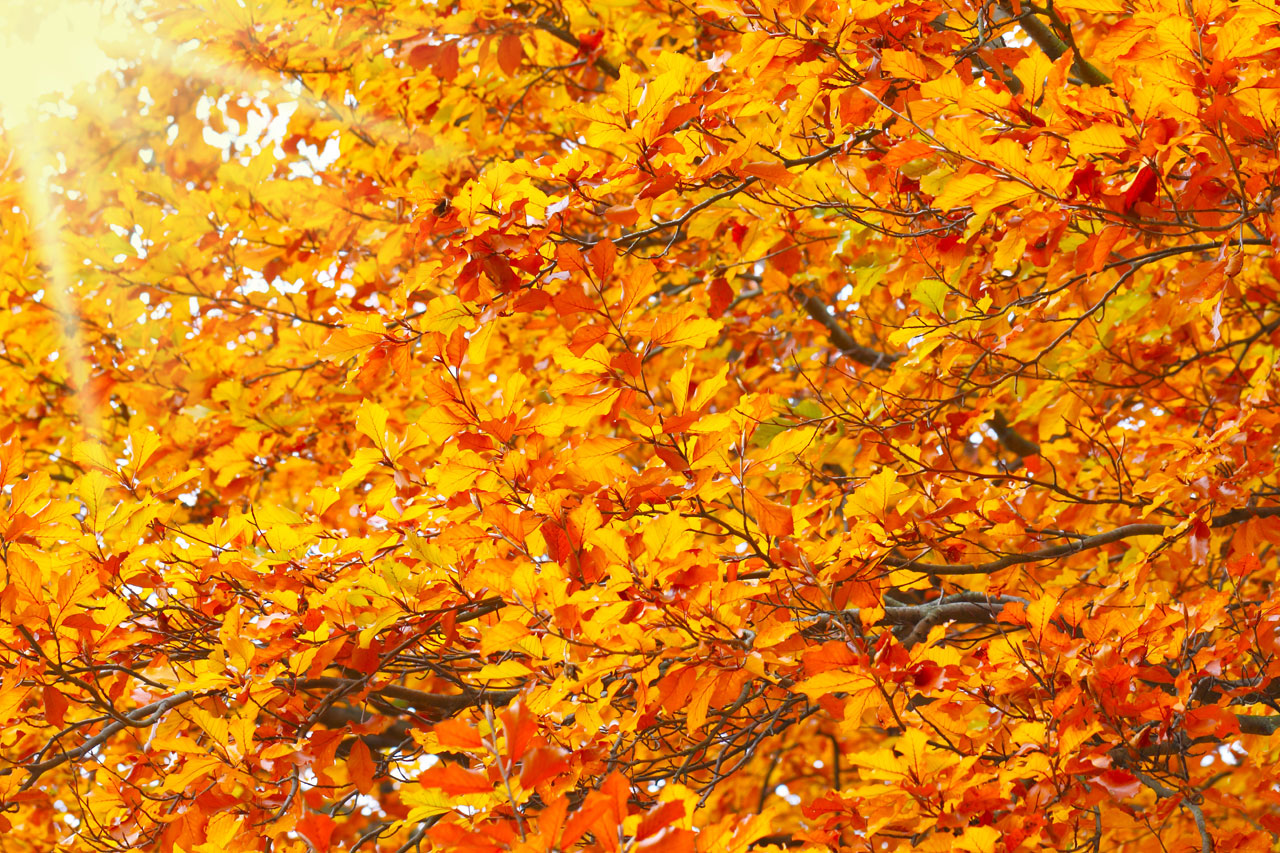Ginkgo biloba, commonly known as ginkgo or maidenhair tree is often called a ‘living fossil.’ It’s the only survivor of an ancient group of extinct trees in the division Ginkgophyta
- Blog Category:
Tree Species
Oak is one of the most common tree species in the northern hemisphere. Often seen as a symbol of strength and wisdom, oaks are well-known for their longevity and adaptability.
“A Low-Maintenance and Frost-Hardy Tree” The walnut is a deciduous tree with bark that changes from green-brown when young to pale and fissured when mature. It was introduced by the
“An Iconic California Tree” An iconic tree of coastal California, redwoods are native to a thin coastal band from Oregon south through the Big Sur region of California, but are
“The Most Common Texas Oak” The post oak (Quercus stellata) is one of the most common oaks in Texas, and occurs from Texas and Oklahoma east throughout the southeast and
“An Ideal Ornamental for Hot Climates” Aleppo pine is native to the Mediterranean region, and is often grown there for timber and other wood products. In North America, it is
“A Hardy, Slow-Growing Evergreen” Japanese evergreen oak is native to Japan, South Korea, Taiwan, and parts of China. It was introduced in the United States in 1878. This species, Quercus
“A Prized, Historic Tree” White oak is the reigning tree over its growth range. Some of the largest and most famous trees are oaks. The wood has been highly prized
“A Drought-Tolerant Favorite” Italian cypress (Cupressus sempervirens), also known as Mediterranean cypress, has been used in formal gardens and around buildings for centuries. This tall, narrow tree can reach heights
“A Hardy Landscape Tree” The northern red oak (Quercus rubra) is a fast-growing and long-living tree known for its beautiful red fall color, value to wildlife and status as the
“A Popular Feature Tree” Native to Japan and parts of Asia, Japanese maple (Acer palmatum) has been cultivated in temperate areas around the world since the 1800s. This tree is
“A Beautiful Shade Tree” Many cultivars of European beech (Fagus sylvatica) have been selected with red, purple, variegated and cutleaf foliage as well as weeping and fastigiate branching habits and










